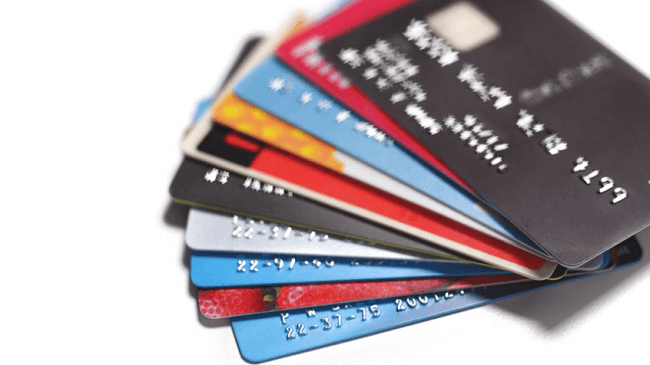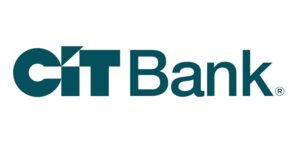
A credit card is a payment card issued by a creditor to enable the cardholder to pay a merchant for goods and services. This is based on the cardholder’s promise to the card issuer to pay them for the amounts paid plus the other agreed charges, such as a late fee.
Using a credit card isn’t just a simple swipe of your card but a delicate transaction between cardholders, merchants and a host of intermediaries. Without a secure and reliable system for transmitting payment info electronically, it’s prone to technical glitches, human error, and attacks by outsiders.
Read on to learn How Credit Card Payment Processing Systems & Networks Work! Be sure to check out HMB and see our posts on more Bank Guides as well as the best Credit card bonuses and best savings rates.
Note: Check out the following cards to earn one of the best flat cash back opportunities across all purchases: Wells Fargo Cash Wise card, the Chase Freedom Unlimited card, or the American Express Cash Magnet card! For a wider variety, see more credit card bonus offers here.
Credit Card Transactions
- The Buyer: To start the transaction, the cardholder will swipe, dip or enter your credit card information to make your purchase.
- The Merchant: This is the person or place that is selling what you are purchasing. When you swipe or enter your card, they receive your information and set in a chain of events for your payment to be processed. Merchants have a unique identification number to receive and ensure accuracy during the process.
- The Acquirer: The Merchant will pay the Acquire to route the payment information through to the correct parties, and ensure the merchant receives the funds in their accounts. Acquirers are typically major banks or financial institutions, such as, Wells Fargo, U.S. Bank, and more. They often provide merchants with the software and hardware necessary to accept payment cards, and may provide day-to-day management for merchants’ business accounts, though some contract with third parties to manage this aspect of the relationship.
- The Issuer: The issuing bank manages credit and debit cards on behalf of the buyer. They approve and extend lines of credit, distribute the cards and bill customers for the purchases they make.
- The Network or Association:The Network serves as a clearinghouse and backer for member institutions (acquirers and issuers) and their customers. They supplies a recognizable brand, ensures that transactions are processed correctly, set guidelines and qualification requirements for member institutions, and mediate disputes between parties to transactions executed using their networks. They also set the interchange fees charged during payment processing.

Credit Card Payment Process
- Authorization: This process begins when the Buyer begins the transaction by making a purchase and it confirms that the Buyer has enough funds on hand or hasn’t hit their credit limit to complete a transaction. During this time the Merchant processed the payment with their Merchant ID, the Acquirer routes the info through the issuer’s bank, the bank checks for the funds, approves the transaction and finally the Merchant provides the product or service requested.
- Batching: After your transaction is completed and you are provided your product or service, the customer’s role is complete but the transaction isn’t necessarily finished. During the business day, the Merchant stores the electronic payment each day, this is known as a batch. At the end of the business day, the Merchant send the information to the Acquirer, where they hold their batch with their own secure, electronic system.
- Clearing: Once the batch is in the Acquirer’s hand, they begin the clearing process! The Acquirer sends the batch to the card network or association and the card network or association requests payment for the transaction from the customer’s issuer. Later the issuer deducts a transaction fee from the total transaction amount and they route the net amount through the card network to the Acquirer.
- Funding: The final step of completing a transaction will be the funding, which is where the Merchant receives funding! The Acquirer subtracts its discount rate from the transaction amount, which is typically less than 1%, then the Acquirer sends the remainder to the merchant’s business account, and the transaction is complete from the merchant’s perspective. Finally, the issuer sends the customer a bill for every transaction executed during the billing period, including the transaction in question.
 |
 |
Bottom Line
Though we don’t think about how credit cards work past the time we swipe it, it’s interesting to learn How Credit Card Payment Processing Systems & Networks Work!
As it helps customers have some idea why something goes wrong, or, at least have an idea of who’s involved and who may be to blame. Credit cards are a complex electronic payment where a transaction goes through many periods to finally reach a merchant, there’s so much more work than a simple swipe.
Hopefully you found this post useful, if you wish to read more, be sure to check out HMB and see our posts on more Bank Guides as well as the best Credit card bonuses and best savings rates.




Leave a Reply